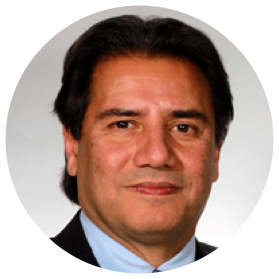
IEEE Fellow and Professor at The University of Nebraska, USA
Abstract: Wireless Communications for High-Speed Trains in US
High-speed trains, though prevalent in Europe and Asia, are not yet a reality in the US. Interests and industry engagements are growing, especially around commercial hubs close to commuter homes for alleviating commute times and cost. With support from the US Federal Railroad Administration (FRA) in the Department of Transportation (DoT), Dr. Sharif’s team has explored the design requirements, challenges, and technology capabilities for high-speed wireless communications for high-speed trains using the next-generation radio access technologies. A safe, secure, efficient and seamless train operation moving underground or over at a regular or high speed (around 300 km/h) requires reliable wireless communications. The wireless communications to support in-train passenger services, train signaling and controlling services necessitate challenging considerations regarding wireless channel conditions and communications management, especially considering movement through different terrain environments (hills, flat-rural, urban-dense, etc.) and railroad infrastructure (bridges, viaduct, tunnel). These scenarios cause difficult wireless channel conditions to manage for a train-to-ground Radio Access Networks. Dr. Sharif will discuss the technical challenges for this wireless architecture including modeling and simulations as well as insights into evaluated properties of this system.
Biography:
Dr. Hamid Sharif is an IEEE Fellow and the Charles J. Vranek Professor with the Department of Electrical and Computer Engineering at the University of Nebraska-Lincoln (UNL). He is also the Director of Advanced Telecommunication Engineering Laboratory (TEL) at UNL. He has over 35 years of academic and industrial experience and his research interests include Mobile Communications Security, Intelligent Transportation, Wireless in Surface Transportation, Security in Multimedia Transmissions and IoT Cooperative Communications. He has published close to 400 research articles in national and international journals and conferences and has been serving on many IEEE and other international journal’s editorial boards. His research has been supported by NSF, DoT, DoD, DoE and a number of industries. He has been the recipient of a number of research awards and best papers. He is currently a Distinguished Lecturer for the IEEE Vehicular Technology Society.
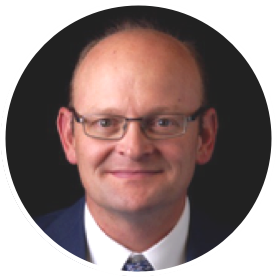
Co-Founder and CTO of Fortem Technologies
Commercial drones are ubiquitous, inexpensive, and highly capable. Like any other tool, drones can be used for good or bad. The ability to detect a drone, determine if it is a safety threat, and safely mitigate a threat is a complex system of systems problem requiring a challenging blend of technologies bridging multiple engineering disciplines, machine learning, and computational science. Success requires the navigation of the complexities of the physical airspace and a the regulatory landscape.
Mr. Robertson is a devoted husband and the proud father of 8 children. He is the co-founder and CTO of Fortem Technologies where he led the early development of the groundbreaking TrueView radar and DroneHunter products. His technical areas of expertise include millimeter wave electronics, compound semi-conductors, radar system for drones, and avionics. His business areas of expertise include contract law, intellectual property, negotiation, international export, strategy, business development, and raising capital. He holds an MSEE and MBA from BYU and is the inventor on multiple patents. Mr. Robertson currently serves in the community as an elected official in the Utah House of Representatives, on the Board of the Provo City Airport, and as a High School mountain biking assistant coach.

Professor and Chair of the Department of Computer Science at Utah Valley University
In 1990 Peter Senge published his seminal work, “The Fifth Discipline.” The five disciplines contained in the book are key to successful organizations, and have profoundly changed organizations that have adopted them. They are particularly important to the success of Scrum teams; in fact, they are part of the foundation of Scrum. However, many Scrum practitioners are not aware of the five disciplines. In this tutorial, you will learn about the five disciplines and how they are the foundation of team transformation. You will participate in group exercises that explore how to apply them to unleash the power of Scrum in your organization.
Neil Harrison is a professor and chair of the department of computer science at Utah Valley University. He is the author of numerous articles on software patterns, software architecture, and agile software, and is the co-author of the seminal book, “Organizational Patterns of Agile Software Development.” He is the namesake of the “Neil Harrison Shepherding Award”, given at pattern conferences for outstanding shepherding. He is a member of the Hillside Group, and has served on its board of directors. He is formerly a Distinguished Member of Technical Staff at Bell Laboratories/Avaya Labs. He has computer science degrees from Brigham Young University, Purdue University, and the University of Groningen.

Brigham Young University
Optical fiber sensors are advantageous because they are immune to electromagnetic interference, are inert, and the interrogation system can be removed a long distance away from sensing location. This paper presents the results of high strain rate measurements with example measurements in an electromagnetic railgun and body armor. Optical fiber sensors have also been applied in harsh environments with measurements of temperature up to 1000 degrees C, measurement of electric field within the beam of a high-power microwave weapon, and high electric field up to 18 MV/m.
Stephen M. Schultz has received B.S. and M.S. degrees in electrical engineering from Brigham Young University, Provo, UT, in 1992 and 1994, respectively. He received a Ph.D. in electrical engineering from the Georgia Institute of Technology, Atlanta, GA, in 1999. He worked at Raytheon Missile Systems from 1999-2001. He has taught at Brigham Young University since 2002 and is currently a Full Professor. He has authored or coauthored over 100 publications and holds 10 patents. His research interests are in the area of optical fiber devices with an emphasis on optical fiber-based sensors.
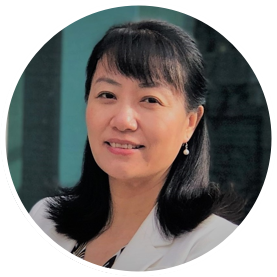
Utah State University
Energy-efficient computation is an inevitable trend for mobile edge computing (MEC) networks. Resource allocation strategies for maximizing the computation efficiency are critically important. In this talk, computation efficiency problems are formulated in the MEC networks under both partial and binary computation offloading modes. A practical non-linear energy harvesting model is considered. Both time division multiple access (TDMA) and non-orthogonal multiple access (NOMA) are considered and evaluated for offloading. The local computing frequency, the offloading mode, the offloading time, and transmit power are jointly optimized to maximize the computation efficiency under the max-min fairness criterion. Moreover, the tradeoff is studied between the computation efficiency and the computation throughput. Performance results show that the partial computation offloading mode outperforms the binary computation offloading mode and NOMA outperforms TDMA in terms of computation efficiency.
Prof. Rose Qingyang Hu is a Professor of Electrical and Computer Engineering Department and Associate Dean for Research of College of Engineering at Utah State University. Besides more than 12 years’ academia research experience, Prof. Rose Hu has more than 10 years R&D experience with Nortel, Blackberry and Intel as technical manager, senior research scientist, and senior wireless system architect, actively participating in industrial 3G/4G technology development, standardization, system level simulation and performance evaluation. Her current research interests include next-generation wireless communications, wireless network design and optimization, Internet of Things, AI/ML, Cloud computing/Fog computing, Mobile Edge Computing, wireless system modeling and performance analysis. She has published over 200 papers in leading IEEE journals and conferences and holds over 30 patents in her research areas. Prof. Rose Hu is an IEEE Communications Society Distinguished Lecturer 2015-2018, IEEE Vehicular Technology Society Distinguished Lecturer 2020 – 2022, and recipient of Best Paper Awards from IEEE Globecom 2012, IEEE ICC 2015, IEEE VTC Spring 2016, and IEEE ICC 2016. She served as TPC Co-Chair for IEEE ICC 2018 and will beTPC Co-Chair for IEEE Globecom 2023. She is currently serving on the editorial boards for IEEE Transactions on Wireless Communications, IEEE Transactions on Vehicular Technology, IEEE Communications Magazine, IEEE Wireless Communications Magazine. Prof. Rose Hu is a Fellow of IEEE and a member of Phi Kappa Phi Honor Society.
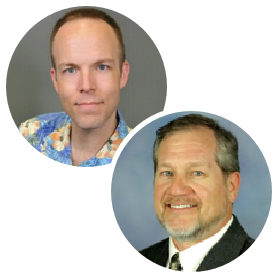
IEEE (Kidder) - Utah Valley University (Ley)
It is predicted that the integration of autonomous UAS and urban air vehicles will have a major impact on the global economy and the National Airspace System. In some cases, the new aircraft equipment will be technology disrupters. As an industry, a community, and as educators, we must be prepared for this new reality in cargo and people transportation. We are proposing a 90 minute panel discussion focused on the opportunities and challenges of autonomous unmanned aircraft systems and urban air vehicles The panel session on the future of autonomous and urban air vehicle systems and will include focused table discussion on the following topics that will then be shared and discussed as a group: • Public perceptions, safety and risks • Business & economic development opportunities • The regulatory environment: Equipment & personnel certification, maintenance, operation, and training requirements • Vehicle design, technology & testing • Urban air mobility and autonomous UAS: Infrastructure & integration requirements
Approximately 6 panelists, each taking 5 minutes to outline where they find the opportunities and challenges of autonomous UAS and Urban Air Mobility in the not too distant future. Additional panelists listed in case of • Government, Regulatory - FAA • Utah State University – Aggie Air, Dr. Calvin Coopmans • UDOT – Jared Esselman • UVU – Stephen Ley • Fortem Technologies – Adam Robertson • Deseret UAS - TBD • Rio Tinto – Mark Harris (alternate)

Utah State University
Polar codes are a new family of error correction codes that provably achieve channel capacity. The codes have fast O(N log N) encoding complexity and fast O(N log N) decode complexity, with non-iterative decoding and with soft decision decoding. Polar codes are based on fundamental results in information theory, basically derived from the chain rule for mutual information. The tutorial will present the basics of the polar code formulation, “polarization,” encoding algorithms, and decoding algorithms. Extensions to listbased decoding will also be presented. Comparisons will be made between polar codes and other modern codes such as LDPC codes.
Todd K. Moon is a professor of Electrical Engineering at Utah State University, where he has been since 1991. His research interests include digital communication, signal processing, and error correction coding. He is the author of two graduate-level textbooks, including “Error Correction Coding: Mathematical Methods and Algorithms”.

Utah Valley University
In this talk, the sparse signal recovery using compressive sensing (CS) technique along with the applications will be presented. CS is a recently developed sub-sampling technique for signal acquisition and reconstruction which is more efficient than the traditional Nyquist sampling method. It provides the possibility of compressed data acquisition approaches to directly acquire just the important information of the signal of interest, without wasting the resources.
Mohammad Shekaramiz is an Assistant Professor of Electrical Engineering at Utah Valley University (UVU). He earned his PhD in Electrical Engineering- statistical signal processing from Utah State University (USU) in 2018. He is on the editorial board of two journals and has served as a reviewer for several prestigious journals and conferences. He is a member of IEEE, IEEE young professionals, Golden Key International Honor Society, Honor Society of Phi Kappa Phi, and Honor Society of Tau Beta Pi. He was the finalist of 2019 Bill E. Robins Award for Doctoral Student Researcher of the Year at USU, and awarded the Outstanding Doctoral Student Researcher of the Year (2018-2019) from the College of Engineering of USU.
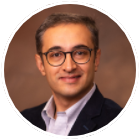
University of Utah
Power distribution systems are under growing threats, ranging from large-scale outages caused by natural disasters to cyber-attacks. This talk will discuss opportunities for artificial intelligence (AI) to enhance the cyber-physical resilience of power distribution systems. Models will be presented to enhance the cyber-physical situational awareness of power distribution systems, and to automate the response and recovery operation after cyber and physical threats.
Dr. Masood Parvania is the Director of Utah Smart Energy Laboratory, and Associate Professor and Associate Chair for Research and Advancement of the Department of Electrical and Computer Engineering, at the University of Utah. His research interests include the operation, economics and resilience of power and energy systems, and modeling and operation of interdependent critical infrastructures. Dr. Parvania serves as an Associate Editor of the IEEE Transactions on Smart Grid, the IEEE Power Engineering Letters, and the IET Renewable Power Generation. He is the Chair of IEEE Power and Energy Society (PES) Utah Chapter, the Chair of IEEE PES Bulk Power Systems Operation Subcommittee, and the Vice-Chair of IEEE PES Risk, Reliability, and Probability Applications Subcommittee.
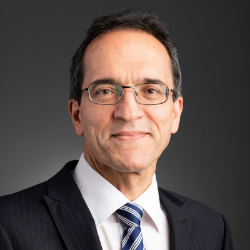
General Chair
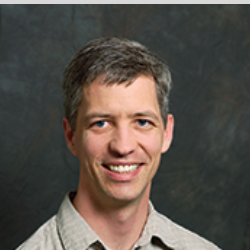
General Co-Chair
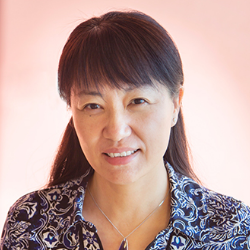
General Co-Chair
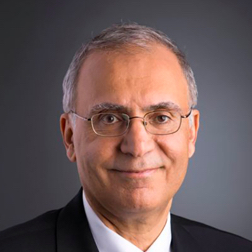
Advisory Chair
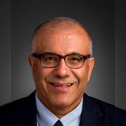
Advisory Chair
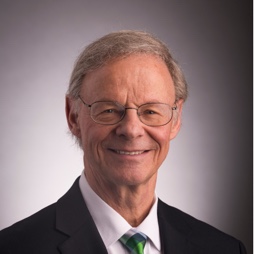
Sponsorship Chair & Industry Liaison
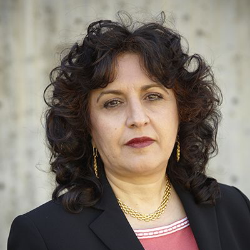
Program Technical Chair (Engineering)

Program Technical Chair (Engineering)
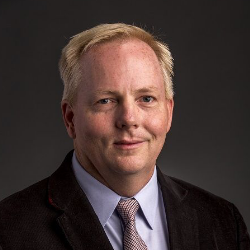
Program Technical Chair (Technology)
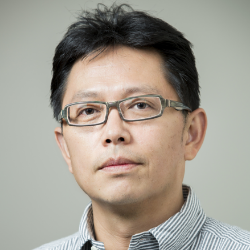
Program Technical Chair (Computing)
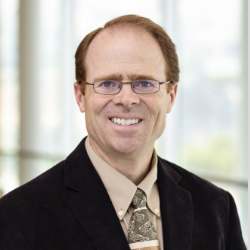
Program Technical Chair (Computing)
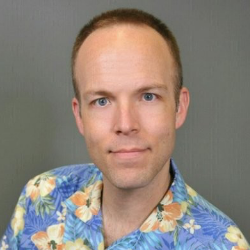
Publicity and Public Relations Chair
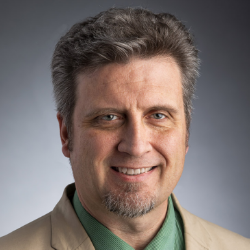
Web Chair

Sponsorship Chair and Industry Liaison
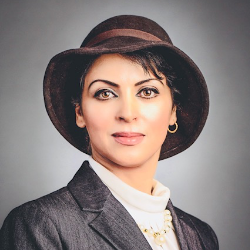
Exhibition Chair
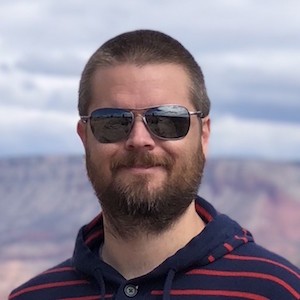
Registration Chair
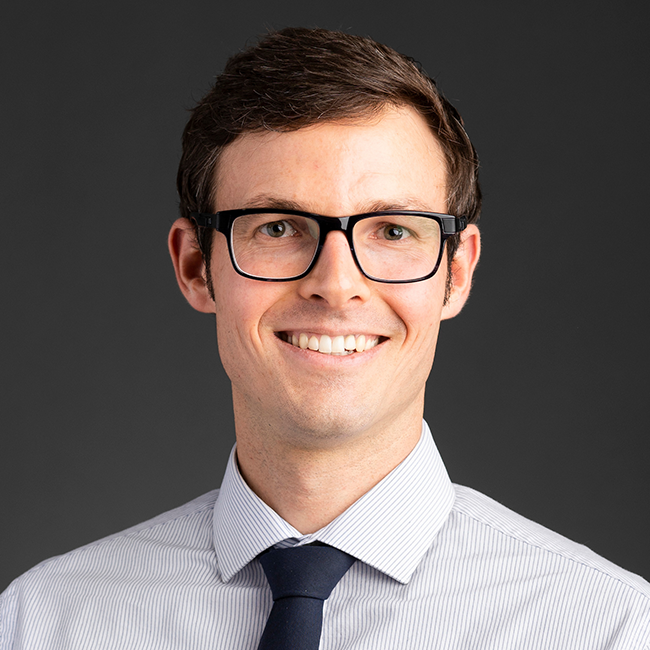
Undergraduate Forum Chair
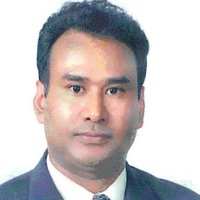
Organizing Committee Member
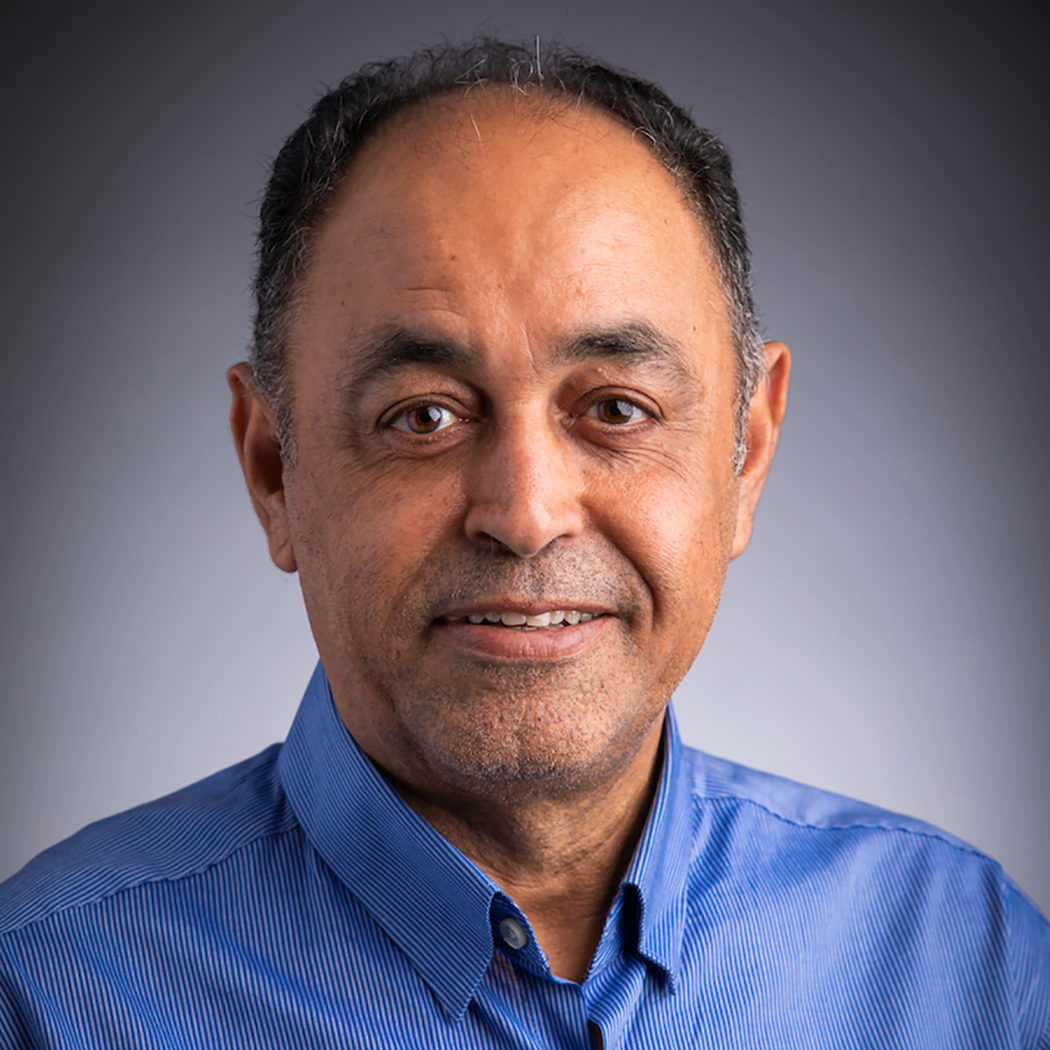
Organizing Committee Member
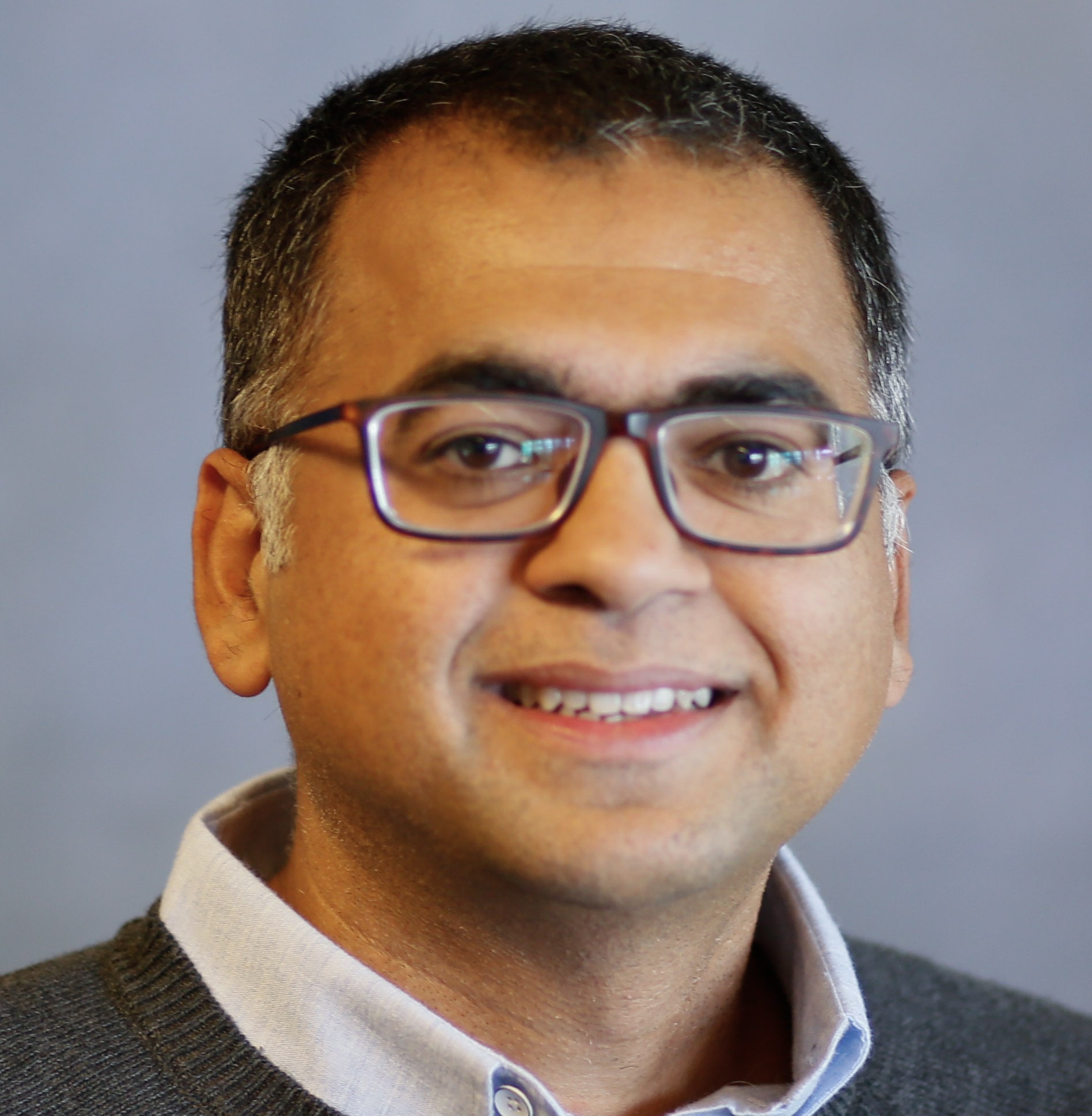
Virtual Session Chair
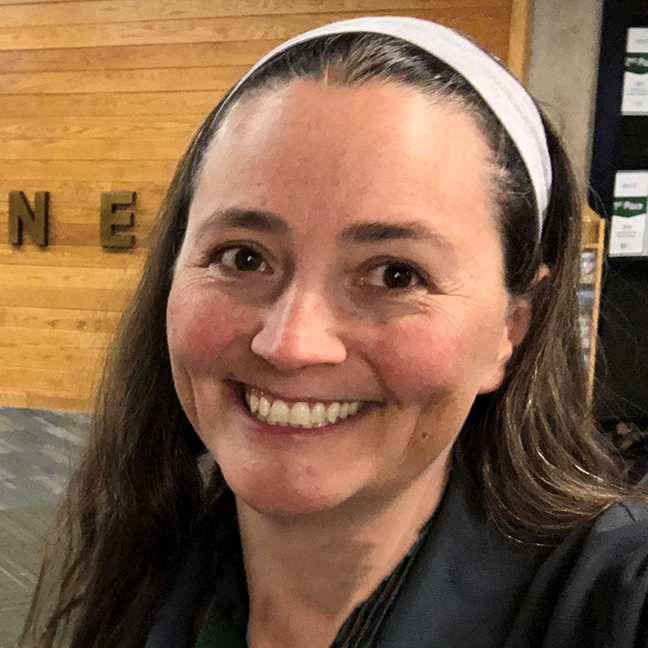
Registration Chair
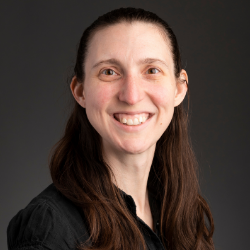
Women in Engineering Chair
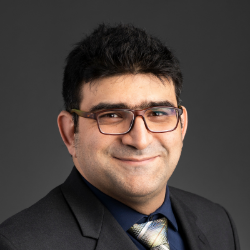
Publication Chair
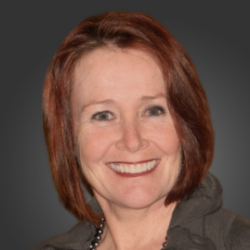
Local Arrangements Chair
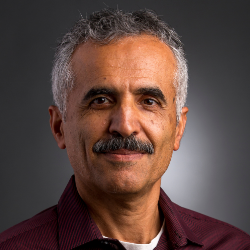
Exhibition Committee Chair
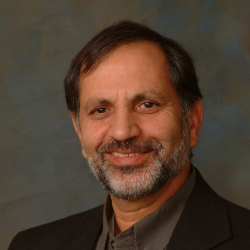
Panel Session/Tutorial Chair
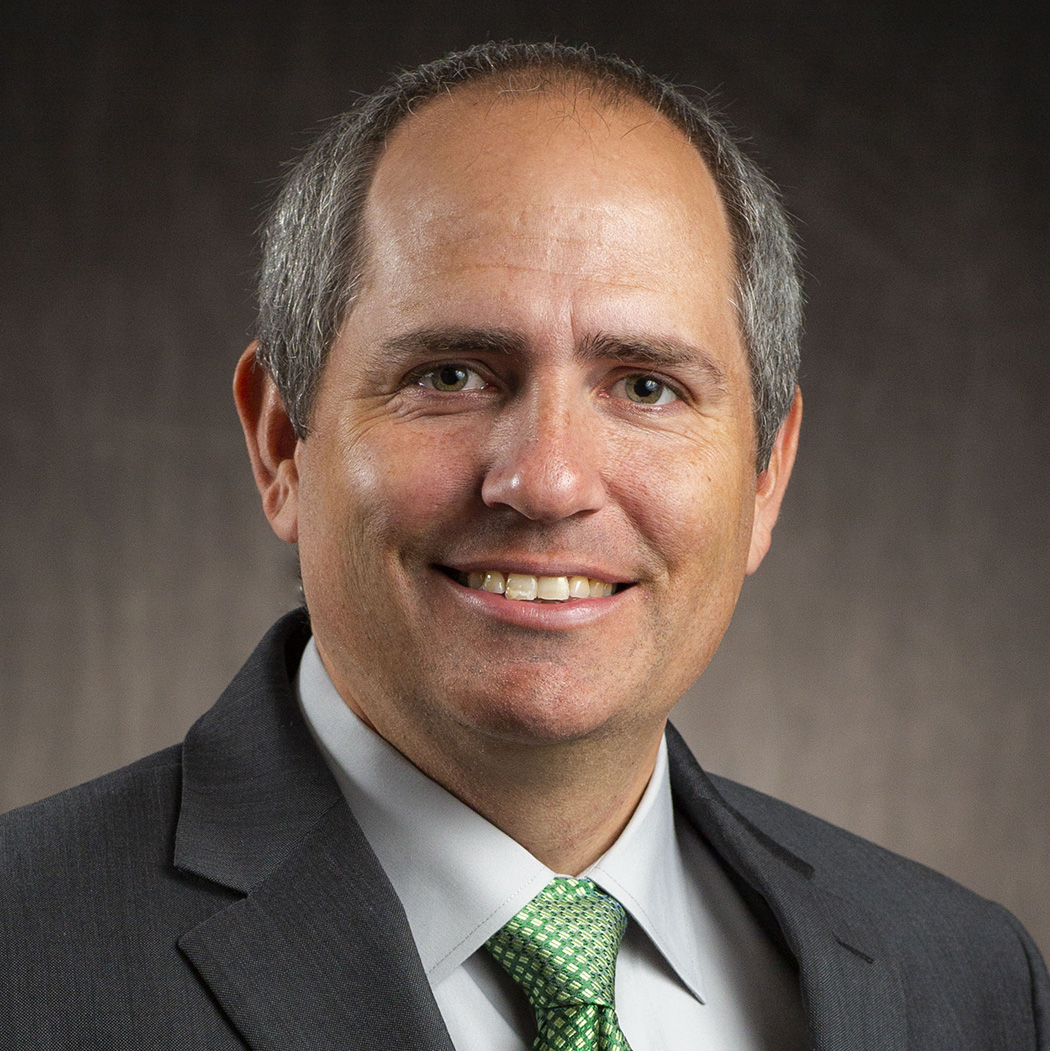
Organizing Committee Member
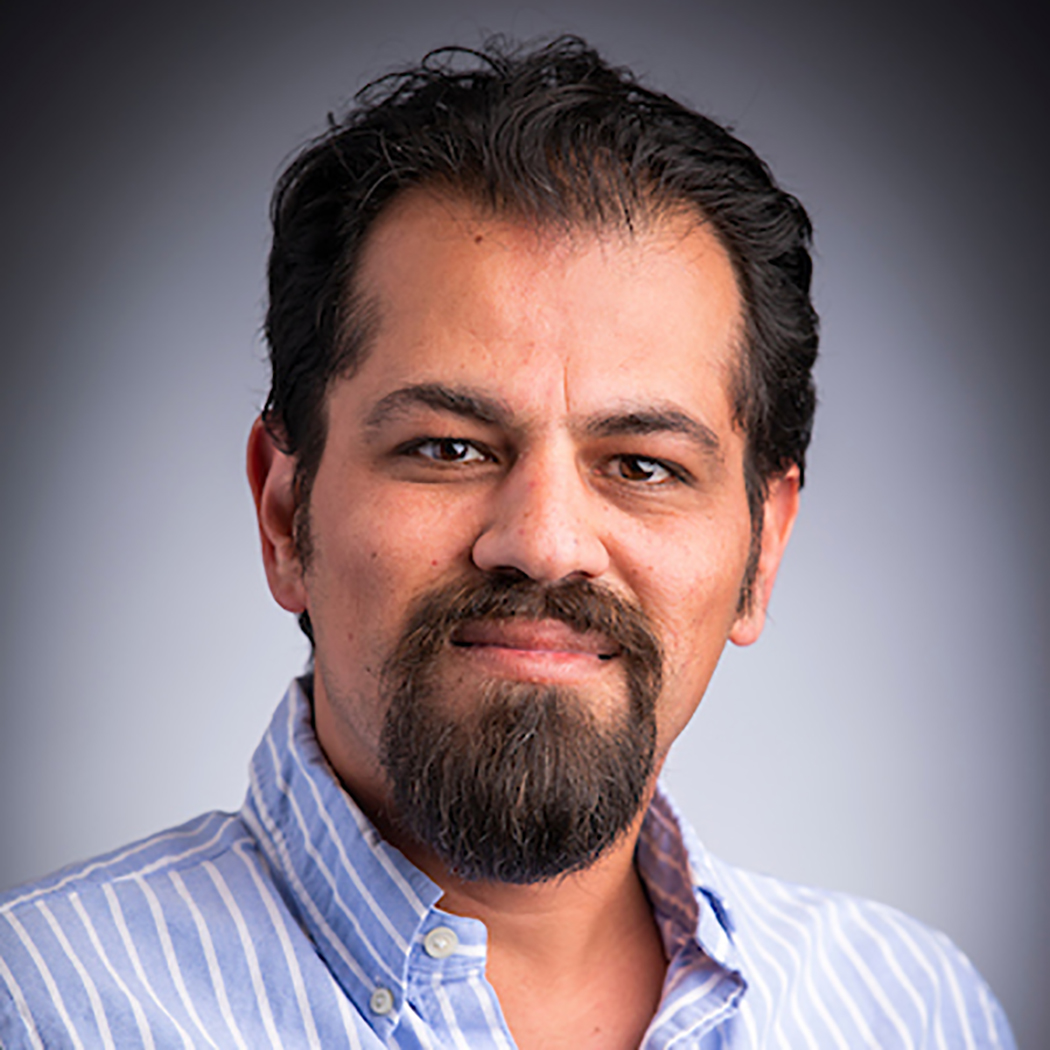
Virtual Session Chair
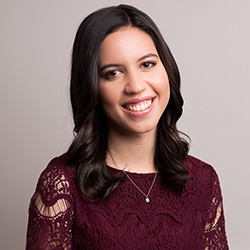
Organizing Committee Member
Mohammad A.S. Masoum (Chair)
Utah Valley University, USA
Wei Wang
San Diego State University, USA
Syed Islam
Federation University, Australia
Regan Zane
Utah State University, USA
Zann Anderson
Utah Valley University, USA
Xiangjing Su
Shanghai University of Electric Power, China
Sara Deilami
Macquarie University, Australia
Keyue Smedley
University of California, Irvine, USA
Larry Zeng
Utah Valley University, USA
Paul Moses
University of Oklahoma, USA
Farhad Shahnia
Murdoch University, Australia
Peter Wolfs
Central Queensland University, Australia
Adel Ali
St. Cloud State University, USA
Reza Razzaghi
Monash University, Australia
Kim Brown
Utah Valley University, USA
Ahmed Abu-Siada
Curtin University, Australia
Yaser Derakhshandeh Shahrekord University, Iran
Dongsheng Brian Ma
University of Texas at Dallas
Neil Harrison
Utah Valley University, USA
Mahdi Bojnordi
University of Utah, USA
Baigen Cai
Beijing Jiaotong University, China
Yuri Tijerino
Kwansei Gakuin University, Japan
Daryoush Habibi
Edith Cowan University, Australia
Ali Karrech
University of Western Australia, Australia
S. M. Muyeen
Curtin University, Australia
Tyler Bird
Utah Valley University, USA